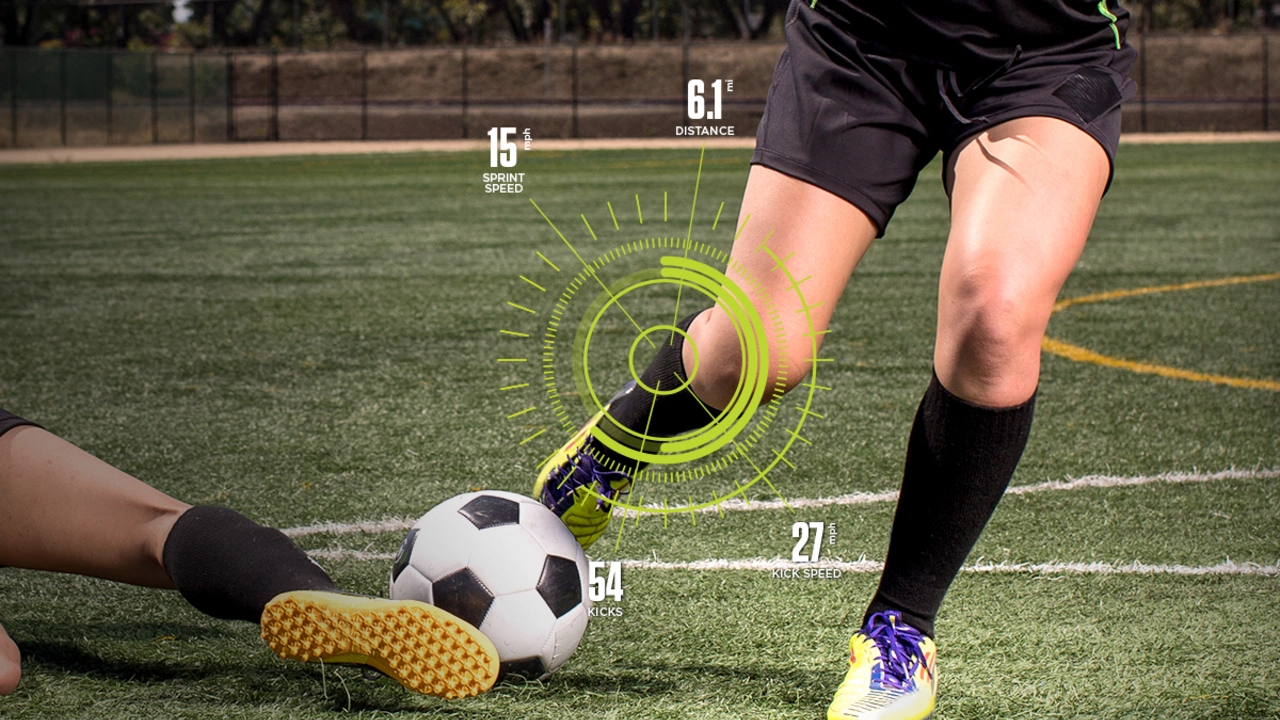Alright folks, let's kick this around a bit - the big question: why isn't Uncle Sam a global soccer titan? Well, one reason is our sports scene is already chock-a-block with football, basketball, baseball not to mention hockey. Now, soccer is like the new kid on the block trying to get in on the action. Plus, our youth development and coaching structures aren't quite as robust as those soccer-loving nations (yes, looking at you, Europe and South America). But hey, we're the land of opportunity, right? Let's lace up those cleats and get to work on this!
Soccer Performance: What Really Moves the Game
When you watch a match, you see goals, saves and cheers, but the real story lives in the numbers and habits behind those moments. Understanding soccer performance means looking at the stats, the fitness levels, the tactics and even the mindset of the players. The better you get at reading these pieces, the clearer the picture of who’s likely to win and why.
Key Stats You Should Track
First up, basic player stats. Goals and assists are obvious, but digging deeper — shots on target, expected goals (xG), pass completion and distance covered — shows a player’s real influence. For instance, a striker with a high xG but low actual goals is getting chances that just aren’t finishing. That tells you the team might need a better finishing drill or a different service.
Team stats matter too. Possession percentage tells you who controls the game, but possession without penetration is useless. Look at passes into the final third, crossing accuracy and pressing numbers. A side that presses high and wins the ball often forces turnovers that lead to quick goals.
Fitness data has become a game‑changer. Modern GPS trackers record sprint count, average speed and recovery time. Players who can repeat high‑intensity sprints late in the game usually keep their performance level, which can be the difference between a draw and a win.
How Performance Shapes Betting Decisions
All those numbers feed directly into smarter bets. If a team’s xG is consistently higher than their actual goals, they’re likely to score more than the market expects. Conversely, a side that concedes many shots from distance might be vulnerable to an under‑dog that shoots well.
Look at recent form – not just wins and losses, but how the team performed. A squad that’s been creating a lot of chances but failing to score may be due for a regression to the mean, meaning the next game could see a more balanced scoreline.
In‑game factors like player fatigue also matter. A side with several players logging 10+ km in a previous match may dip in the second half, opening betting markets for live over/under goals.
Finally, consider the mental side. Teams on a winning streak often play with confidence, taking more risks and pressing higher. That confidence can lead to both more goals and more mistakes, which creates value for both goal‑over and goal‑under bets.
Bottom line: soccer performance isn’t just about who scores. It’s a mix of stats, fitness, tactics and mindset. By paying attention to these details, you’ll not only understand the game better, but you’ll also make betting choices that are backed by solid insight rather than gut feeling.
